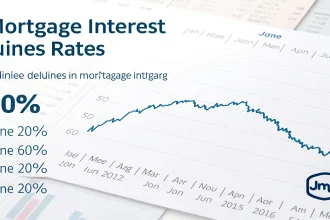Last week’s revelation that President Donald Trump is actively seeking to encourage the inclusion of more private assets in retirement funds has sparked significant interest and preparation among major direct lenders. This move, aimed at potentially reshaping the retirement planning landscape, has been met with both anticipation and strategic planning by industry leaders.
Background and Context
The concept of integrating private assets into retirement funds isn’t entirely new, but the renewed push from the White House has brought it back into the spotlight. Private assets, including private equity, real estate, and venture capital, are often considered for their potential to generate higher returns compared to traditional stocks and bonds. However, they also carry higher risks and liquidity issues.
This initiative by President Trump could significantly alter the dynamics of retirement savings, offering higher growth potential but also introducing more complexity and risk into the portfolios of everyday Americans.
Main Body: Industry Preparedness
According to sources close to the matter, the biggest direct lenders have been preparing for an increase in private assets within retirement funds for some time. “The industry has been laying the groundwork for quite some time,” one insider noted. This preparation includes the development of new financial products and strategies designed to safely incorporate higher-risk assets into retirement portfolios.
The response from the financial sector suggests a proactive approach to what could be a major shift in retirement planning. Financial managers and direct lenders are looking at this as an opportunity to innovate, while also considering the need to manage the associated risks carefully.
Implications for Investors
The potential inclusion of more private assets in retirement funds raises important questions for investors. On one hand, the opportunity for higher returns could be attractive, especially in an era of low interest rates. On the other hand, the complexities and inherent risks associated with private assets, such as less transparency and potential for significant volatility, cannot be overlooked.
Investors would need to be educated about the benefits and risks, and financial advisors might need to adjust their strategies to deal with a more complex asset allocation.
Supporting Data and Analysis
While the specific details and impacts of this proposal are still unfolding, historical data on private asset performances suggest that while they can offer substantial returns, the variability in outcomes is also greater. This variability means that retirement fund managers and investors alike must be more vigilant and possibly reconsider diversification strategies and risk management techniques.
In conclusion, President Trump’s initiative to integrate more private assets into retirement funds could bring about significant changes to how Americans plan for retirement. While this could mean higher potential returns, it also introduces greater risks and complexities. As the proposal moves forward, it will be crucial for all parties involved to navigate these changes thoughtfully and strategically, keeping in mind the long-term financial security of retirees.









